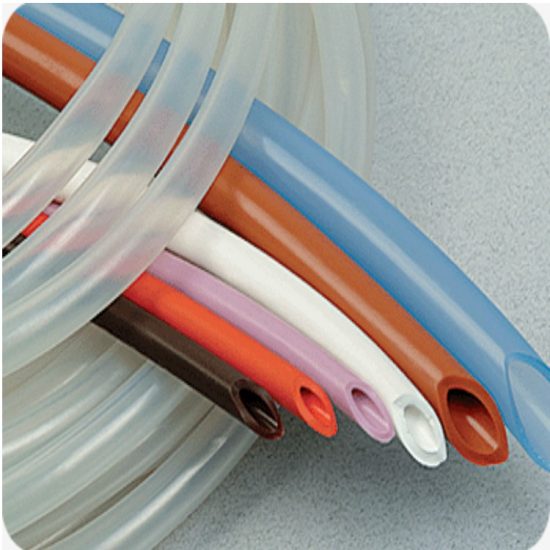In recent years, several innovations have emerged in metal hose design aimed at improving performance, durability, flexibility, and versatility. Some of the notable innovations include:
- Advanced Alloy Combinations: Manufacturers are experimenting with new alloy combinations and material compositions to enhance specific properties of metal hoses, such as increased corrosion resistance, improved flexibility, higher pressure ratings, and better temperature tolerance.
- Hydroformed Hose Technology: Hydroforming involves shaping metal using high-pressure fluid to create complex shapes with minimal material stress. This technology allows for the production of metal hoses with intricate geometries, providing better flexibility and structural integrity.
- Interlocked Hose Design: Interlocked hose designs involve the weaving or interlocking of metal strips or tubes to create a hose structure. This design enhances flexibility and strength, making the hose suitable for applications requiring both durability and maneuverability.
- Corrugated Hose Variations: Innovations in corrugated hose design include helical and annular corrugations. These designs optimize flexibility, making the hoses easier to bend and maneuver without compromising pressure handling capabilities.
- Composite Hoses: Some manufacturers are exploring composite hoses that combine metal and non-metallic materials to capitalize on the benefits of both. These hoses offer increased flexibility while retaining the strength and durability of metal.
- Integrated Safety Features: New designs may incorporate features such as leak detection systems or pressure monitoring devices to enhance safety. These additions provide early warnings for potential hose failures or leaks, minimizing risks in critical applications.
- Smart Hoses and IoT Integration: Incorporation of sensors and IoT (Internet of Things) technology into metal hose design allows for real-time monitoring of parameters like temperature, pressure, and stress. This enables predictive maintenance and remote monitoring, enhancing operational efficiency and safety.
- Customization and Add-Ons: Manufacturers are offering more customization options, such as specialized coatings for corrosion resistance, fittings for specific applications, or additional protective layers for extreme environments.
- Environmentally Friendly Materials: Some developments focus on using environmentally friendly materials or manufacturing processes to reduce the environmental impact of metal hose production while maintaining performance standards.
- 3D Printing and Additive Manufacturing: Advancements in additive manufacturing techniques allow for the production of intricate metal hose designs with optimized structures, potentially leading to improved performance and efficiency.
These innovations in metal hose design aim to address specific challenges, improve functionality, and meet evolving industry demands, ensuring that metal hoses continue to be versatile and reliable components in various industrial applications.

